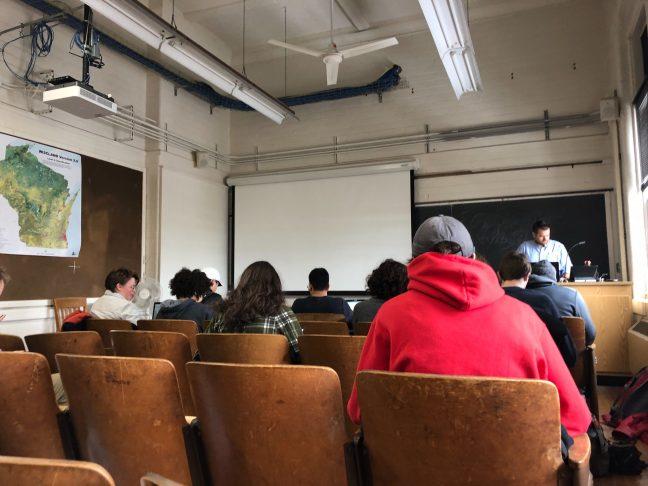With the waves of racial justice extending from Black Lives Matter last summer and fall, to the current Stop Asian Hate on the street and social media, the current generation has begun to realize the importance and the necessity of diversity, equity and inclusion.
This realization has been extremely important for educational institutions, regardless of whether they are private or public schools. In the election of the Wisconsin Superintendent of Public Instruction, all candidates shared making educational equity a priority.
Primarily, it is important to understand what it means to have educational equity. According to the National School Boards Association, educational equity means everyone has access to the knowledge and skills needed to succeed, regardless of race, gender, sexual orientation, ethnicity, English proficiency, immigration or socioeconomic status, or disability.
But while educational equity may seem simple, equitable access is a lofty goal in Wisconsin. According to the Wisconsin Policy Forum, while students of color were 31% of K-12 students statewide in 2018, the same demographic had a 24% drop in graduating seniors, a 20% drop in college enrollment, a 10% drop in teacher preparation program enrollment and a 6% drop in teachers.
Another report shows that the Wisconsin student body is becoming increasingly diverse, yet the populations of teachers and instructors remains overwhelmingly white. The lack of diversity in the teaching workforce is problematic.
A recent study has concluded that a more racially diverse teaching force leads to better and more equitable outcomes. A senior researcher on this issue, Anna Chapman, said that students of color can learn better from teachers of color.
This is the case because people of color, whether they are students or teachers, can relate better and build up connections between students of color and white teachers or vice versa.
It can be beneficial to communicate shared understandings of hardships, and this understanding makes instructors of color more likely to connect with students.
More importantly, teachers of color bring different cultures and experiences to the learning environment.
“A lot of times, even today, [students] don’t have that interaction with a lot of people outside their own race and culture, so if school [is not] the place to provide those positive role models to everybody, where do we start?” said McNeel Intermediate School Principal Michelle Hendrix-Nora on Wisconsin Public Radio.
How can we expect students to comprehend the essence of diversity, equity and inclusion if they do not learn it in school? How do we expect adults to do things that comply with DEI principles if they never learned them in the first place?
This is not to find excuses for racism or ignorance but to show that it is a privilege to receive education on DEI.
It also demonstrates why diversity in the teaching force is necessary. Diversity in the teaching force exposes students to different experiences and cultures, which helps them develop an awareness of racial and social justice, which creates more mindful and equitable future generations who will establish a more equitable society.
Therefore, by increasing diversity, we have nothing to lose and everything to gain. The remaining question is how to get more people of color in the teaching profession.
Currently, many school districts, nonprofit organizations and universities in Wisconsin have adopted the Grow Your Own programs to attract more students into teaching by giving them grants or some kind of financial stipend.
Some programs aim to attract students who will go to colleges, while others provide assistance to those who are already in the education field, working toward their teaching certifications.
Studies have shown there is a high overturn rate for teachers of color, simply because they have a higher turnover and attrition compared to their white co-workers. What the state can do is find the reasons for the higher attrition and make teaching more attractive to teachers of color.
The government needs to do more to empower teachers of color. They will help us create a more equitable society not only for us, but also for future generations.
Ken Wang (kwang@badgerherald.com) is a sophomore majoring in political science.


